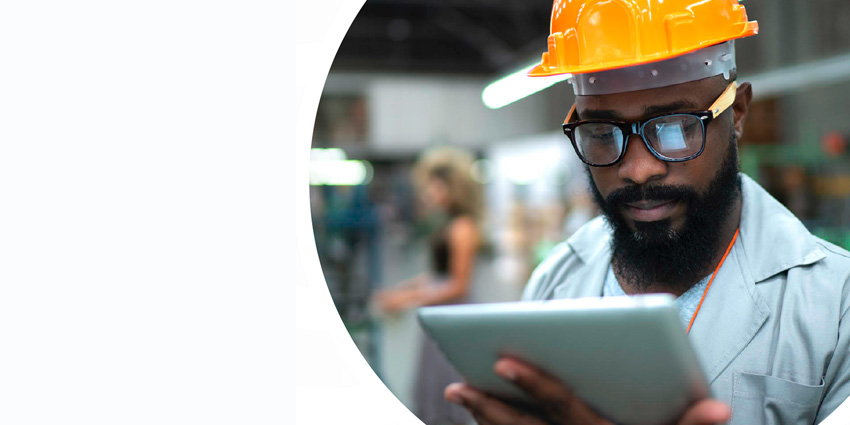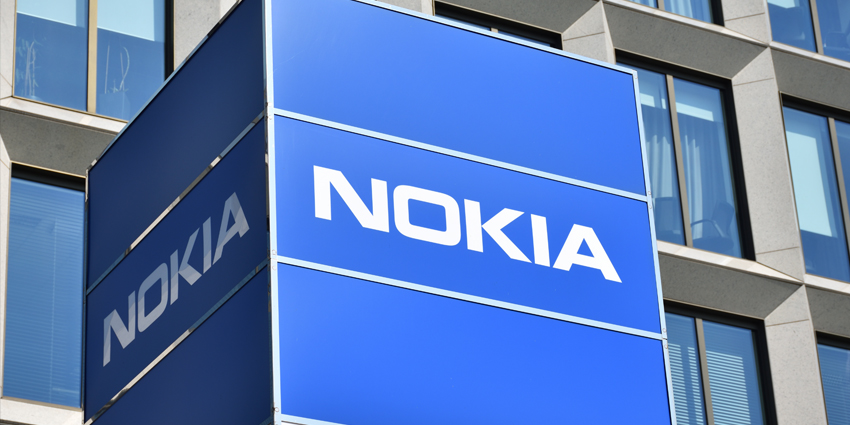XR, or extended reality, has plenty of value to offer in almost every industry these days. Not only are virtual, augmented, and mixed reality tools transforming entertainment, but they’re also making waves in healthcare, communication, and engineering.
Manufacturing is one of the most significant sectors where extended reality solutions could change the way we work. According to PwC research, the use of AR and VR in service and product development could lead to a $360 GDP boost by 2030.
So, how exactly is extended reality influencing the manufacturing sector?
Let’s find out.
The Benefits of XR on Manufacturing
Extensive competition in the manufacturing landscape means that more companies are under excess pressure to innovate at incredible pace. Fortunately, XR helps with this.
VR and AR immediately augments the design and development process. With VR, companies can design models and prototypes without having to waste resources or use time-consuming manual processes. This makes it much easier to determine which tools and systems work, with as little spending as possible. XR can also help with:
- Safety training: One of the biggest challenges in manufacturing is keeping employees safe when they’re working with various complex piecers of equipment. Virtual reality can place new team members in training situations where they can develop skills and muscle memories before they go onto the production floor.
- Real time guidance: Companies like Atheer are already using AR applications to provide step-by-step guidance to users through an AR headset when they’re on the production floor. This ensures that employees can get the guidance they need in real-time, without having to look at documents or run back and forth between supervisors.
- Streamlined logistics: With emerging technologies in the AR landscape, workers can tap into fully connected systems that show where products and goods are in an environment, so they can work at a much faster pace. DHL already uses mobile systems and smart glasses to help them find the tools they need faster and reduce errors for packing and shipping.
- Improved maintenance: In a world where more people are working remotely, it can be not easy to offer the same level of flexibility to manufacturing teams. However, new opportunities may be on the horizon with VR and HR. With the right extended reality tools, engineers could view a system through a headset and determine what’s wrong from a distance. Using IoT and AI, it may even be possible for experts to make changes that rectify a problem in the manufacturing space from miles away.
- Simplifying complex assembly: Modern manufacturing processes require employees to spend hours on putting together hundreds or even thousands of components as quickly as possible. Boeing streamlined this process with a set of world-leading smart glasses that offer voice commands and information that reduces the wiring production time in the company by 25%. What’s more, error rates dropped down to almost zero.
XR is the Future of Manufacturing
We’re quickly discovering that extended reality tools aren’t just an opportunity in the entertainment environment or the world of collaboration. Through virtual and augmented reality, companies can create items faster, without putting their team members at risk. You can train employees more effectively and give them the guidance they need to excel with even the most complicated tasks.
XR improves logistics and productivity in the manufacturing space, and even helps employees to work more effectively together. Through AR broadcasts, it might even be possible for a specialist to see the same issues as an engineer, then send back visual instructions on how to proceed with an error.
The examples discussed above are just a small taste of what’s possible for manufacturing and XR. Ultimately, the benefits are essentially endless.







